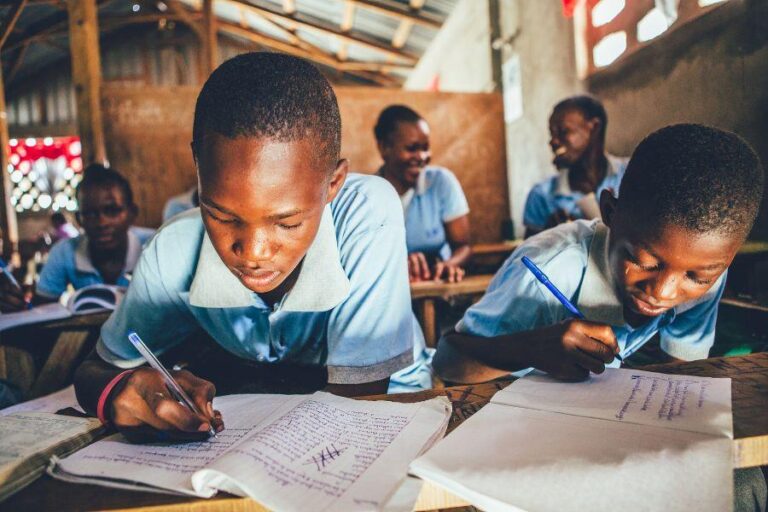The Global Education Crisis
The education divide remains one of the most pressing issues of our time, affecting millions of children worldwide. Many factors contribute to children lacking access to education, and as a result, their futures are often hindered. This lack of education can perpetuate cycles of poverty and inequality across generations.
Socioeconomic Barriers
Socioeconomic factors play a significant role in a child’s ability to access education. Families living in poverty often struggle to send their children to school, prioritizing basic survival over education. This situation is exacerbated in rural areas where schools may be too far away or unavailable altogether.
Conflict and Instability
Conflict and political instability can severely disrupt educational opportunities for children. In regions affected by war, schools are often destroyed or repurposed for military use, leaving children without safe places to learn. Moreover, the trauma of conflict can make it difficult for children to focus on their studies.
Gender Inequality
Gender discrimination remains a significant barrier to education in many parts of the world. Girls are more likely than boys to be withdrawn from school for cultural, economic, or safety reasons. Educating girls has a profound impact not only on their own futures but also on the health and prosperity of their communities.
Health Issues
Health problems can also impede children’s educational chances. Illness, malnutrition, and lack of access to healthcare can prevent children from attending school or performing well while there. Without adequate support, these health issues can lead to significant educational setbacks.
The Need for Investment in Education
To bridge the education divide, substantial investment in education is essential. Governments, international organizations, and NGOs must collaborate to ensure that every child has access to quality education. Such investment is not only morally right but is also necessary for sustainable development.
The Role of Global Initiatives
Global initiatives aim to tackle the education crisis and promote equal access to learning. Programs that focus on providing resources, training teachers, and building schools are crucial for ensuring that children in underserved communities can obtain an education. Organizations like The Borgen Project work tirelessly to advocate for these necessary changes.
Conclusion
The education divide is a multifaceted issue requiring urgent attention and action. By addressing the barriers that prevent millions of children from receiving an education, we can help pave the way for a more equitable future. For more information about the challenges faced by children lacking education, visit The Borgen Project.

